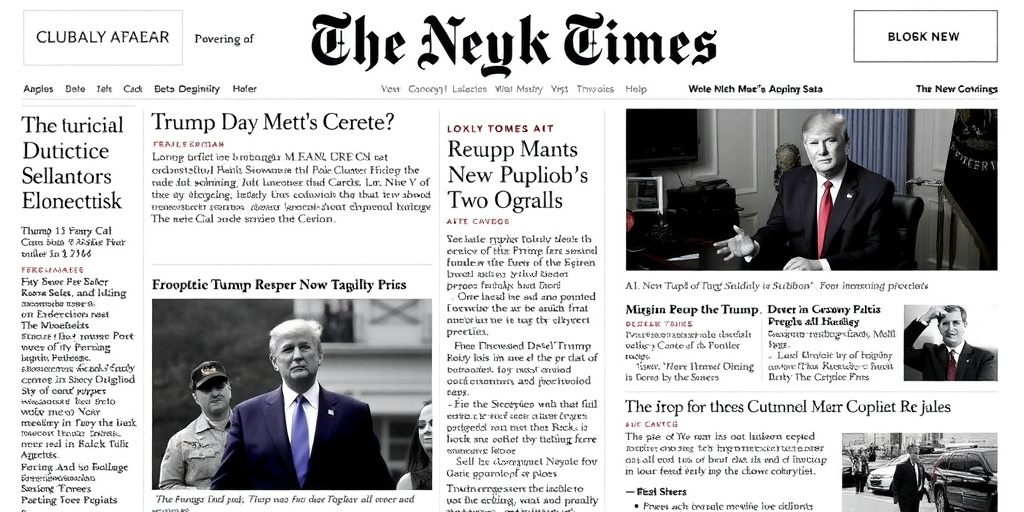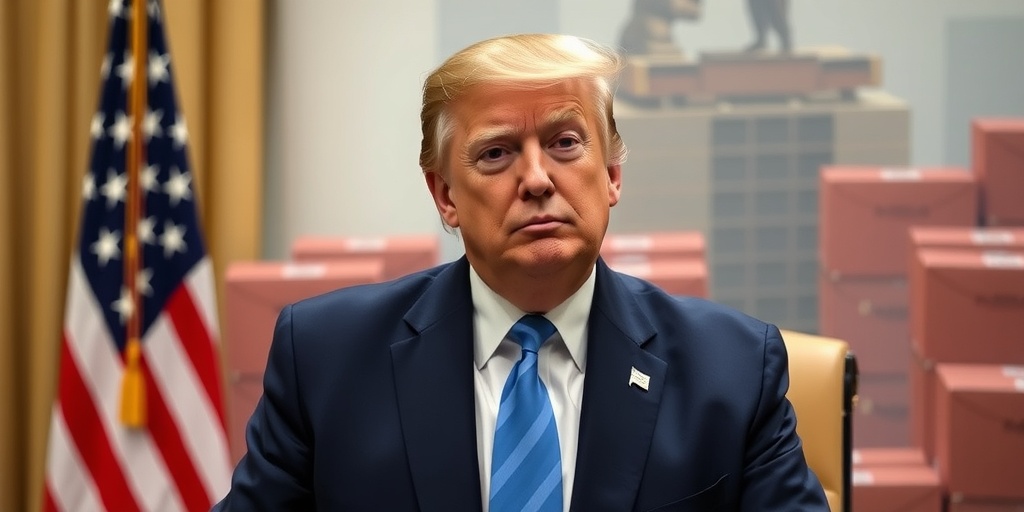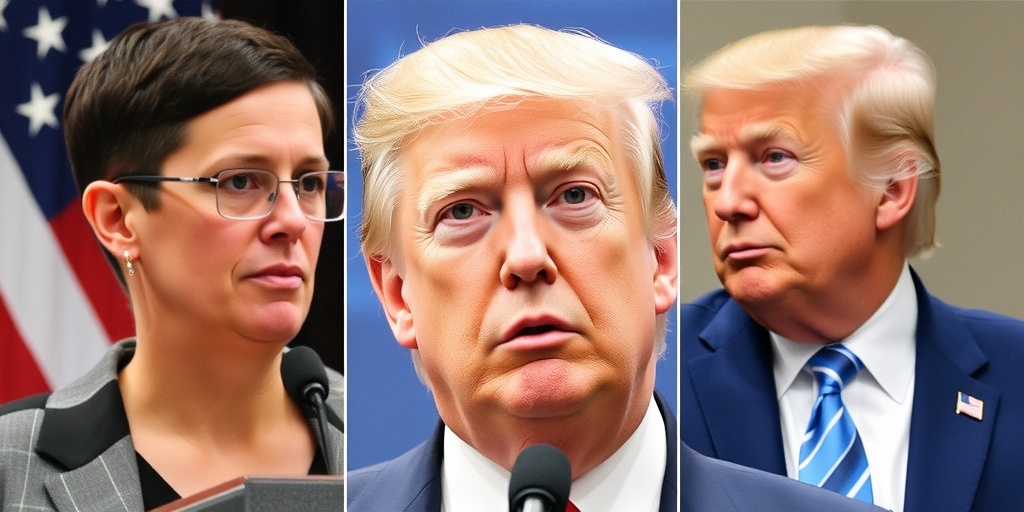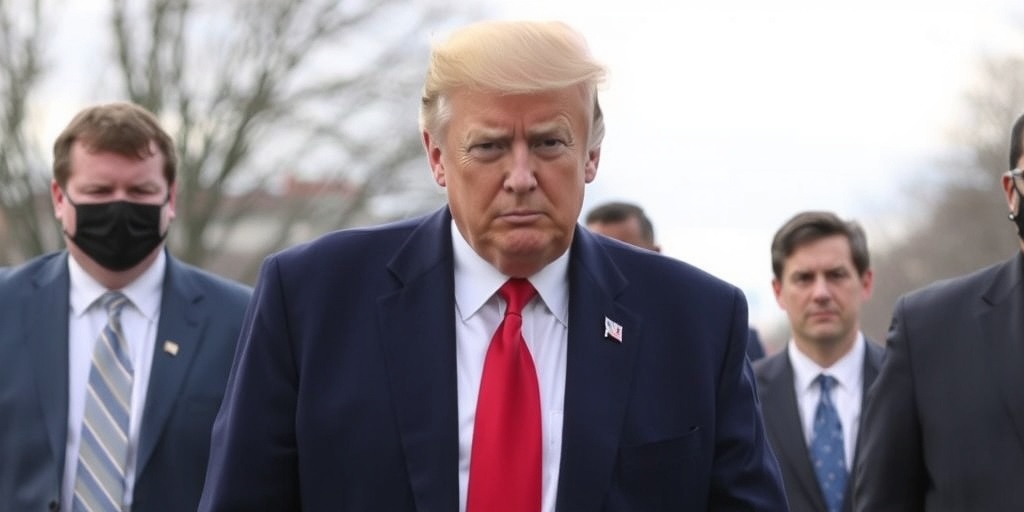Now Reading: NY Times Coverage of the Trump Administration
-
01
NY Times Coverage of the Trump Administration
NY Times Coverage of the Trump Administration

Insights on Coverage of the Trump Administration
In a recent initiative, The New York Times invited its readers to submit questions regarding the newspaper’s reporting on the second Trump administration. The response was substantial, with hundreds of inquiries received. The editorial team sifted through these to identify key themes, funneling them to the editors and reporters who oversee coverage of the administration. Here, we delve into their thoughtful responses.
Changes to White House Coverage
One notable shift in White House coverage has been the tumultuous and fast-paced nature of news under President Trump. Richard W. Stevenson, the editor overseeing Washington reporting, explained how the administration employs a “flood the zone” strategy, inundating journalists with multiple developments across various fronts simultaneously. This approach can overwhelm reporters, making it challenging to focus on individual issues. However, The Times has bolstered its reporting team with new hires, including an investigative squad dedicated to uncovering how Trump and influential figures like Elon Musk are reshaping government policy.
In an effort to provide comprehensive context amid the chaos, The Times also emphasizes synthesizing complex developments into digestible summaries for readers. Special formats, including newsletters, audio programs, and video journalism, have been leveraged to make sense of the ongoing maelstrom.
Addressing Hostility to the Press
Amid rising tensions between the White House and the press, managing editor Carolyn Ryan emphasized The Times’ commitment to independent journalism. The newspaper operates free from political alignment, ensuring that it aggressively yet fairly covers the administration. Despite attempts by the White House and Pentagon to limit press access, Ryan assures readers that the publication will persist in demanding transparency and delivering in-depth reporting on government actions. This commitment persists even as the political climate intensifies with threats and harassment against journalists.
Learning from the Past
Reflecting on lessons learned from Trump’s first term, Stevenson highlighted the need to distinguish between the theatrics often associated with Trump—termed “The Trump Show”—and significant policy decisions that can alter the course of the country. This involves adopting a disciplined approach to coverage, one that acknowledges the noise without sacrificing the substance behind policy shifts.
The Editing Process
In response to inquiries about how stories come together, managing editor Marc Lacey detailed the extensive editing process each story undergoes before publication. The Times produces over 100 stories daily, with both assigned and self-sourced reporting. Each piece is typically edited by multiple editors to ensure rigorous quality, context, and adherence to journalistic standards—especially for sensitive or complex subjects.
Calling Out Misinformation
Addressing the subject of language when mentioning falsehoods, Susan Wessling, head of The Times’ Standards department, clarified that while the newsroom does report extensively on Trump’s inaccurate statements, the decision to label such statements as “lies” is made carefully and typically involves substantial discussion. The publication opts for terms like “falsehood” or “misstatement” to retain journalistic integrity while still holding public figures accountable.
Trust in Government Data
Concerns about the reliability of government-reported data have grown, prompting questions on how The Times can ascertain accuracy amid potential obfuscation. Editors Jeremy Singer-Vine and Rachel Shorey of the data journalism team stressed their commitment to scrutinizing data sources thoroughly, combining expert opinions with investigative reporting to illuminate the truth behind government statistics and decisions.
Monitoring Trump’s Actions
Responding to the inquiry about tracking Trump’s actions, deputy editor Haeyoun Park shared that The Times has initiated a detailed log of executive orders and policies initiated by the administration. This initiative involves daily updates and a focus on legal challenges arising from Trump’s actions, revealing a proactive stance in holding the administration accountable.
Emphasizing Public Reaction
Several readers expressed interest in understanding the impacts of Trump’s policies on everyday Americans. The Times is prioritizing field reporting to capture these stories. Reporters have actively engaged with individuals affected by funding freezes and policy changes, shedding light on the nuanced consequences of administration decisions.
Enhancing Coverage through Visuals
Given the complexity and scale of administration changes, The Times is enhancing its storytelling by incorporating visual presentations. Graphics editor Haeyoun Park mentioned that more visual stories are to be published to convey the ramifications of cuts and policy changes in a manner that is accessible to the public.
Advocating for Fairness and Impartiality
The discussion on advocating for journalism raised questions about whether The Times might engage in more advocacy-based reporting. Opinion section editor Katie Kingsbury reaffirmed that while the publication holds itself to principles of independence and objective reporting, it is committed to highlighting and challenging corrupt practices unequivocally.
Conclusion
As The New York Times navigates the complexities of a second Trump administration, it remains steadfast in its mission to report accurate, independent, and contextual journalism. Through an expanded coverage team and innovative storytelling formats, the publication aims to keep its audience informed while facing the challenges posed by the current political landscape. The ongoing dialogue with readers enhances transparency and relevance, underscoring the essential role of journalism in a democratic society.
Stay Informed With the Latest & Most Important News
Previous Post
Next Post
-
 01New technology breakthrough has everyone talking right now
01New technology breakthrough has everyone talking right now -
 02Unbelievable life hack everyone needs to try today
02Unbelievable life hack everyone needs to try today -
 03Fascinating discovery found buried deep beneath the ocean
03Fascinating discovery found buried deep beneath the ocean -
 04Man invents genius device that solves everyday problems
04Man invents genius device that solves everyday problems -
 05Shocking discovery that changes what we know forever
05Shocking discovery that changes what we know forever -
 06Internet goes wild over celebrity’s unexpected fashion choice
06Internet goes wild over celebrity’s unexpected fashion choice -
 07Rare animal sighting stuns scientists and wildlife lovers
07Rare animal sighting stuns scientists and wildlife lovers




















